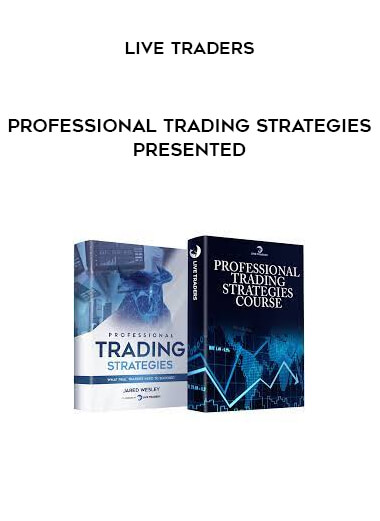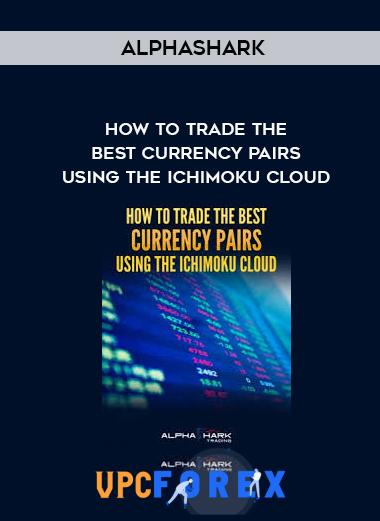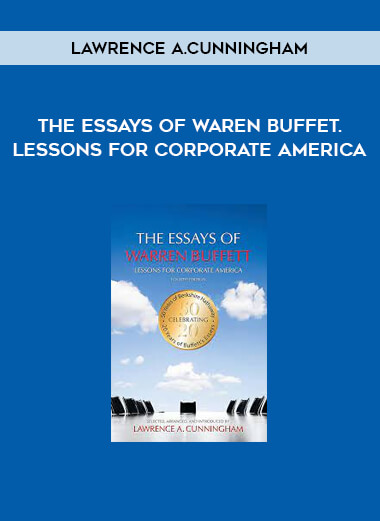Courses Infomation
Merrill Lynch Credit Derivatives Handbook 2006 (Vol. I & II)
Merrill Lynch Credit Derivatives Handbook 2006 (Vol. I & II)
**More information:
Description
Merrill Lynch, “Credit Derivatives Handbook, Vol. 1: A Guide to Single-Name and Index CDS Products”
Merrill Lynch | 2006 | ISBN: N/A | 118 pages | PDF | 3,2 MB
Merrill Lynch report from 2006
Table of Content:
Section Page
Credit Derivatives –
A Market Overview
1.Market evolution, importance, participants and challenges 3
CDS Basics & Valuation
2. Basic concepts, arbitrage relationship, survival probabilities 11
Unwinding CDS
3. Mechanics for terminating contracts 21
Upfront Pricing of CDS
4. Compare upfront vs. running CDS spread 29
Valuing the CDS Basis
5. Comparing CDS with the cash market 37
What Drives the Basis?
6. Why do cash and default market spreads diverge? 47
CDS Structural Roadmap
7. Key structural considerations 54
CDS Indices
8. The ABCs of CDX and iTraxx indices 73
CDS Investment Strategies
9. Using CDS to enhance returns 88
Counterparty Risk
10. Credit risks associated with CDS trades, Novation Protocol 112
Merrill Lynch, “Credit Derivatives Handbook, Vol. 2: A Guide to the Exotics Credit Derivatives Market”
Merrill Lynch | 2006 | ISBN: N/A | 118 pages | PDF | 6,3 MB
Follows up volume 1 with tranching of CDOs, CDOs of CDOs, etc.
Table of content:
Exotics Credit Derivatives –
Tried and Tested
1.Overview of the exotics credit derivatives market 3
Single Tranche Synthetic CDO
2. A guide to bespoke single-tranches 8
First-to-Default Baskets
3. A guide to usage and valuation 23
Standardized Tranches
4. A guide to the index tranche market 33
Trading Correlation
5. Managing risks in tranche trading 45
Tranche Relative Value Tools
6. Identifying relative value in tranche markets 63
Correlation Strategies
7. Interesting trade ideas in the tranche market 80
Modeling Correlation Products
8. Pricing models for CDOs & FTDs 101
What Correlation?
9. Moving from compound to base correlation and beyond 126
Synthetic CDO^2
10. CDO of CDOs 138
Leveraged Super Senior
11. A guide to synthetic LSS 148
CDO Combination Notes
12. Combining tranches to tailor investor needs 156
CPPI for Debt Investors
13. Principal protection techniques 169
CDS Options
14. Payers and Receivers, trading spread volatility 176
CMCDS
15. Bulish on Credit, Bearish on Spreads 186
What is forex?
Quite simply, it’s the global market that allows one to trade two currencies against each other.
If you think one currency will be stronger versus the other, and you end up correct, then you can make a profit.
If you’ve ever traveled to another country, you usually had to find a currency exchange booth at the airport, and then exchange the money you have in your wallet into the currency of the country you are visiting.
Foreign Exchange
You go up to the counter and notice a screen displaying different exchange rates for different currencies.
An exchange rate is the relative price of two currencies from two different countries.
You find “Japanese yen” and think to yourself, “WOW! My one dollar is worth 100 yen?! And I have ten dollars! I’m going to be rich!!!”
When you do this, you’ve essentially participated in the forex market!
You’ve exchanged one currency for another.
Or in forex trading terms, assuming you’re an American visiting Japan, you’ve sold dollars and bought yen.
Currency Exchange
Before you fly back home, you stop by the currency exchange booth to exchange the yen that you miraculously have left over (Tokyo is expensive!) and notice the exchange rates have changed.
It’s these changes in the exchange rates that allow you to make money in the foreign exchange market.
Salepage : Merrill Lynch Credit Derivatives Handbook 2006 (Vol. I & II)

































Reviews
There are no reviews yet.